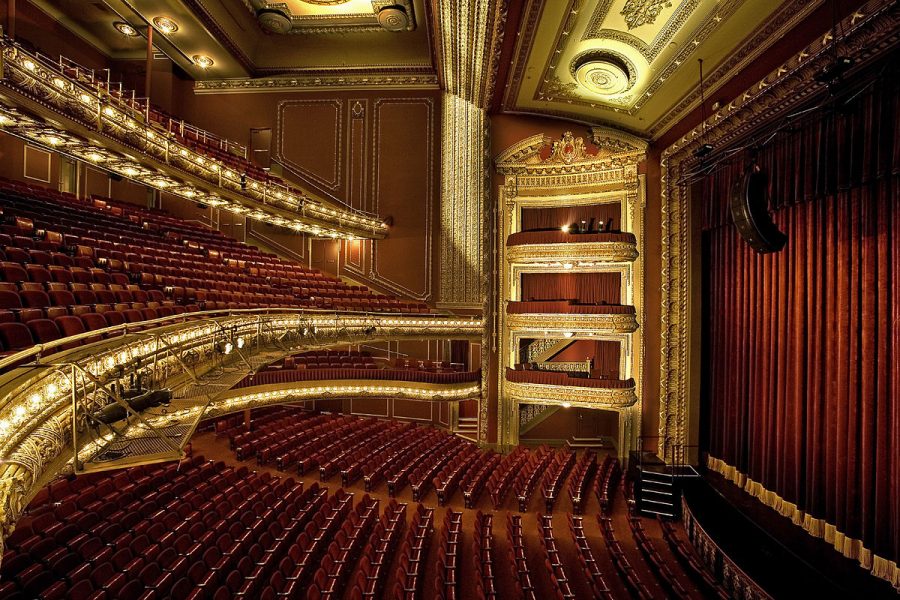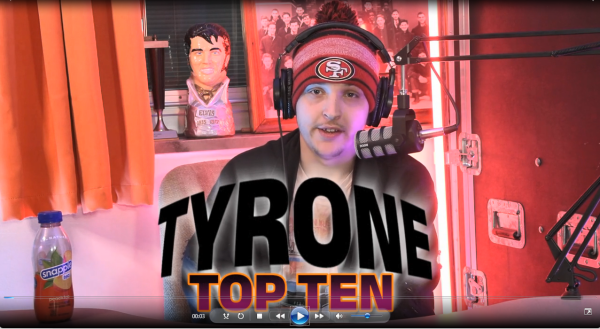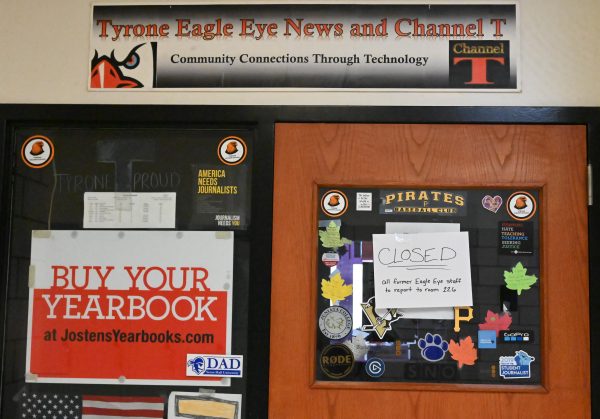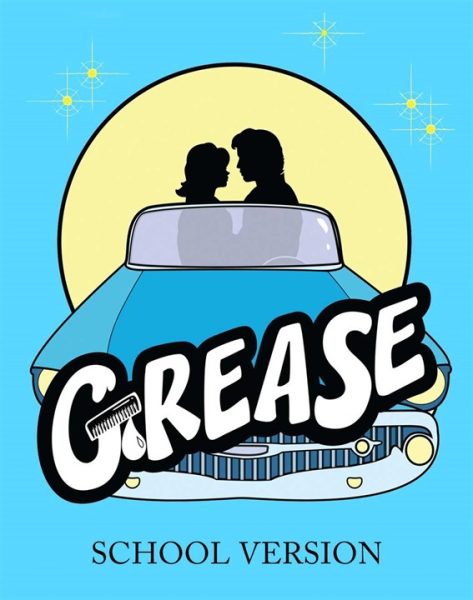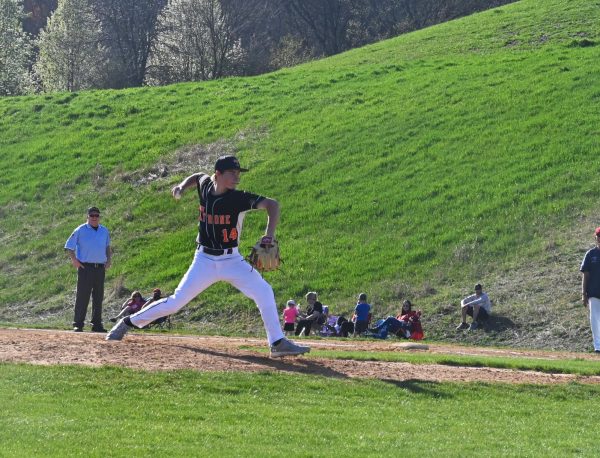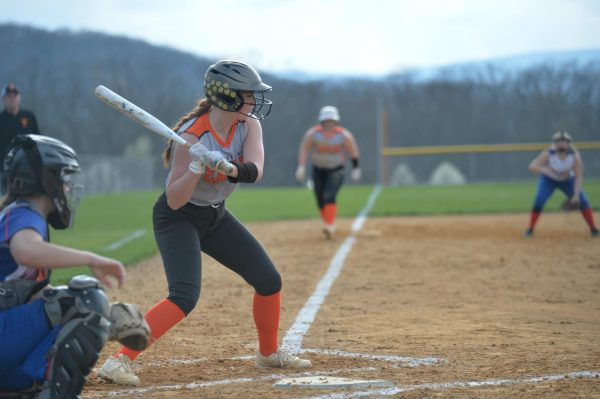Broadway Shutdown Enters its Tenth Month
Kimberlyhobart at the English Wikipedia, CC BY-SA 3.0
The Broadway League announced in October that theatres will remain dark through at least May 30, 2021, an extension from the previously announced January re-opening.
New York City’s iconic Broadway theatres have been shut down since March 12th. What was planned to be a one month break has grown into an unprecedented 10-month shutdown of the most famous theatre district in the world.
After Broadway closed during the initial COVID outbreak in March, industry professionals estimated that Broadway would lose about $100 million from ticket revenue alone. That number doesn’t even begin to account for the hundreds of millions of dollars more spent on travel, accommodations, lodging, and food by theatre patrons.
The shutdown couldn’t have come at a worse time for the theatre industry. The season was heading into its busy period leading up to the Tony Awards on June 7, 2020. More than fifteen shows were scheduled to open by April 23, which was the last day for Tony eligibility.
During a typical week, the industry grosses at least $25 million and could even top $40 million during peak periods.
With the shutdown coming just before the annual peak period, Broadway will feel the effects of this pandemic for years to come.
Broadway’s reopening has been tentatively scheduled for May 30, 2021. However, if the cases do not go down and the virus is still a great problem during that time, the date could be pushed back even further.
History of Broadway shutdowns
Broadway has gone dark before, but the span of this shutdown has been far longer than any that have occurred before.
The most recent shutdown due to a national crisis was after the terrorist attacks on September 11, 2001.
During that time it wasn’t the city government to order the shutdown, instead, it was The Broadway League, which is the national trade association that represents theatre owners and operators in New York and across the country, that ordered the shutdown.
Many New Yorkers and travelers were still mourning the lives lost, along with worrying about what would happen as a result of the attacks. Transportation was also a major problem during the time due to tunnels, bridges, and subways being closed.
However, many New Yorkers, including former mayor Rudy Giuliani urged the theaters to swiftly reopen as a sign of resilience and hope.
Remarkably, just 48 hours after the attacks, all 23 Broadway theatres reopened.
The reopening after September 11 was a symbolic boost to the city. So much so that Mayor Giuliani told reporters that a good way for people to help New York to recover would be to go to a Broadway show.
Other than September 11 and a few random power outages that caused some shows to miss a single performance, labor disputes have driven most of the other shutdowns in Broadway’s history.
Strikes in 1919, 1960, 1964, 1975, and 2003 all caused the theaters to close for different lengths of time.
Broadway did close during the 1918-1919 flu pandemic in the United States, but it closed due to a strike, not as a direct result of the pandemic.
The 1919 shutdown happened in waves between August 7th and September 7th that year. According to the Actor’s Equity, thirty-seven Broadway shows were darkened and sixteen were prevented from opening during that time.
On June 2nd, 1960, twenty-two theaters closed which made many shows lose business from over 23,000 patrons that would have attended that night. That strike lasted 11 days.
The 1975 strike, led by the Local 802 chapter of the American Federation of Musicians, caused a 25-day shutdown between September 18th and October 13th. Box offices experienced a $3.5 million loss as a result. Broadway also went dark in 2003 for five days due to another strike by the musicians union.
The effect of the shutdown on theatre workers
After the abrupt closing of broadway shows, thousands of actors, musicians, and stage technicians were put out of work.
To make matters worse, many struggling Broadway actors and musicians have side jobs working in service industries such as bars and restaurants, which were also closed due to the pandemic.
With that in mind, a charity formed to help many actors across the country.
Broadway Cares launched an online fundraising campaign to create a COVID-19 Emergency Assistance Fund. This special fund was launched on March 17th, 2020, only a few days after Broadway closed. It provides financial help for anyone involved in the industry that is facing health care crises or other immediate needs in the wake of the evolving coronavirus pandemic.
The future of Broadway
The Broadway League announced in October that theatres will remain dark through at least May 30, 2021, an extension from the previously announced January re-opening.
Even if the theaters were to open by June 2021, there is no way to tell if audiences will come back or if theaters will be able to be profitable if crowd restrictions are still in place.
With all the money lost due to the shutdown, there is no doubt that at least some Broadway theaters may have a hard time staying afloat.
For certain, Broadway will be changed, but as long as there’s a love for theater, the lights of Broadway will shine once again.

Hailey Vanish is in her fourth and final year as a member of Tyrone Eagle Eye Newspaper. As she enters her senior year, she hopes to write more stories...



